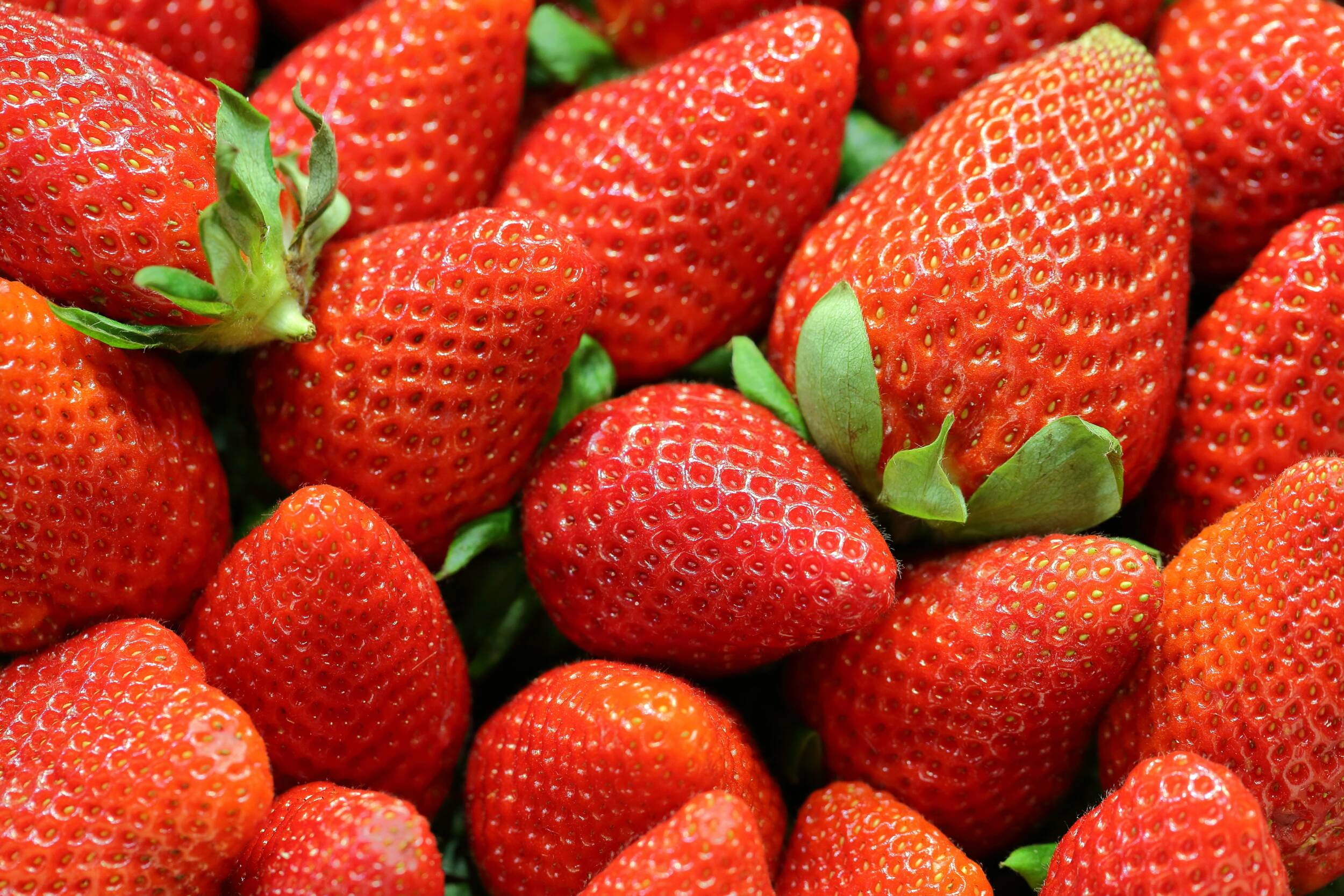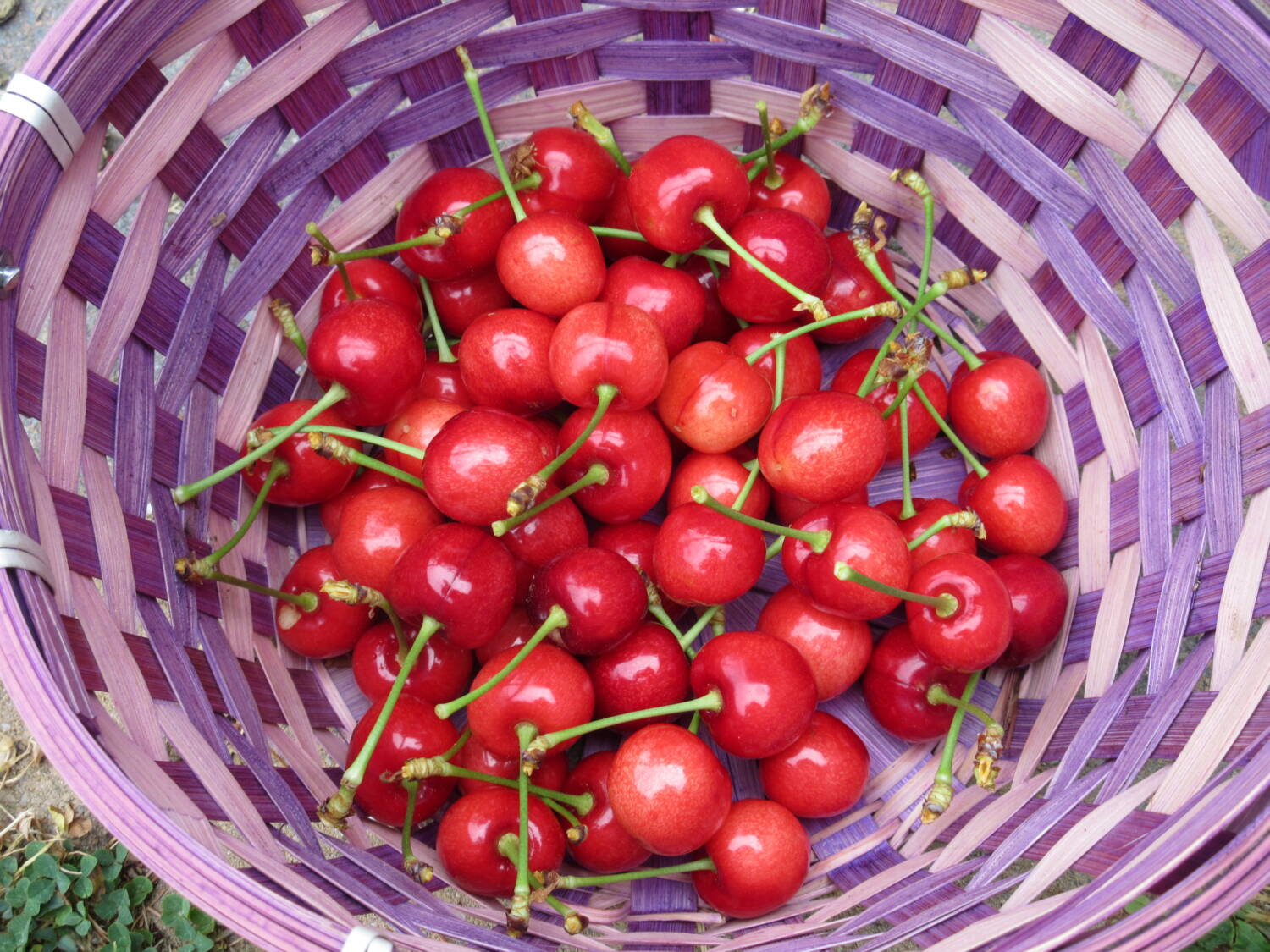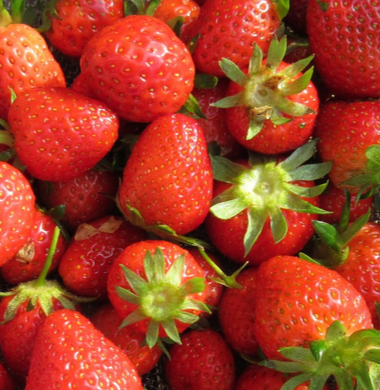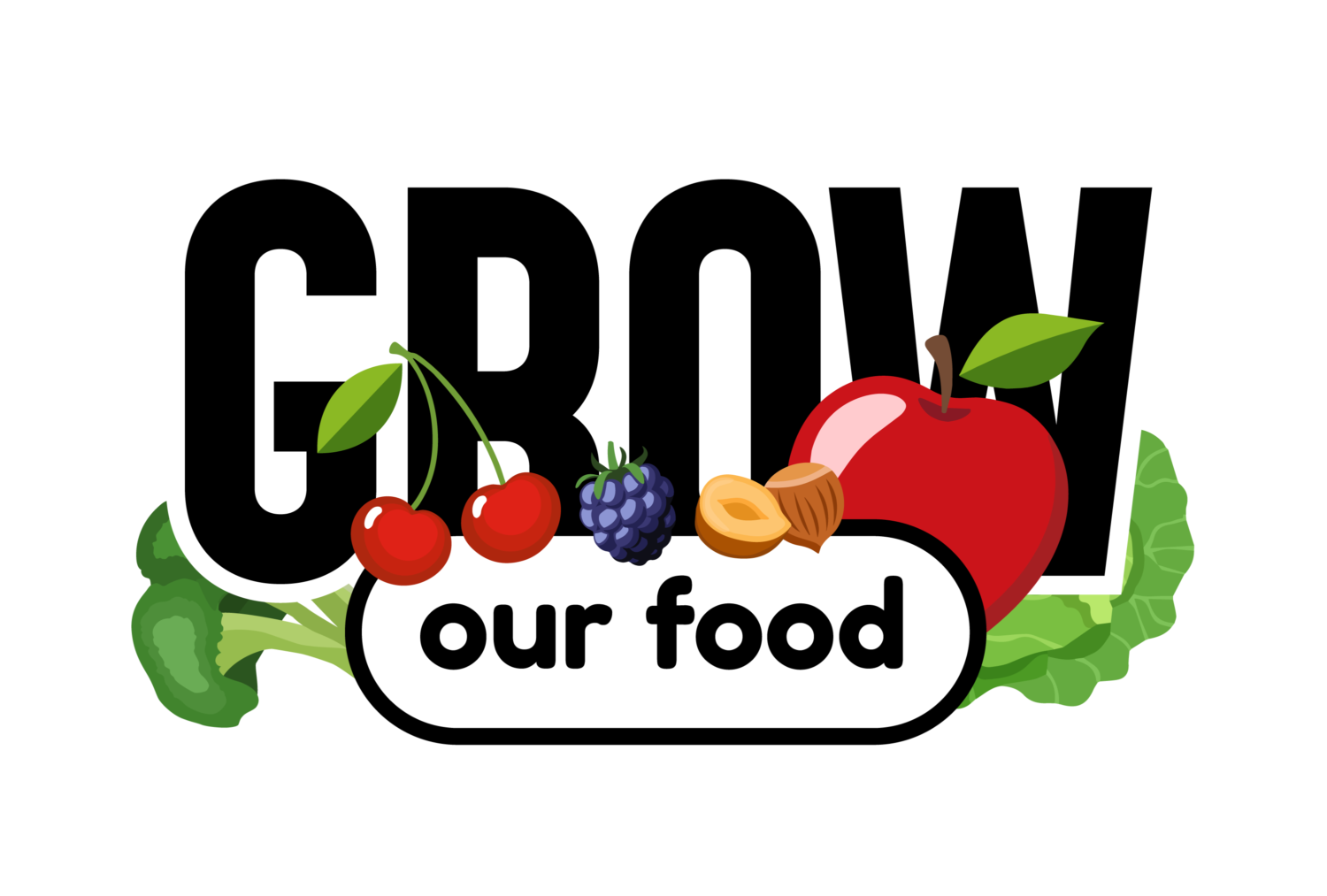
Written by Boris Kerzner – 3/14/2024
Member interest and participation greatly influences the content we prioritize at The Energy Co-op, especially throughout our educational materials. This month, we are highlighting a guest blog post from one of our own members, Boris Kerzner, owner of Grow Our Food Landscaping which you may know is one of our partner organizations! Boris presented a webinar for our members in the past on The Basics of Growing Fruit Trees, and will present an upcoming webinar on Easy-to-Grow Berries as well, but today you’ll learn about some defining concepts around permaculture. If you have a unique area of expertise or experience to share, we encourage you to submit a guest blog post to info@theenergy.coop.
Permaculture: a brief introduction
What is it?
You may have come across this word before, perhaps while reading an article or browsing the web. I came across it about eight years ago and when I did, it changed my life. Let’s dig into its history, ethics, principles, and applications. First off, a formal definition – permaculture is a system of sustainable design principles & practices developed in Australia in the 1970’s by two naturalists named Bill Mollison and David Holmgren. They were inspired by Tasmanian Aboriginal and other traditional practices, and the term itself blends two words – permanent and agriculture. This speaks to a desire to create a system of agriculture that is truly sustainable, and thus, truly permanent. Imagine a food system based on nut & fruit trees, which produce year after year, as opposed to large farm fields of annuals such as corn, wheat, and soybeans.

Why should we care?
Increasingly dire environmental news begs for some kind of meaningful personal response in our lives. Incorporating permaculture-inspired practices in our lives can help us feel empowered and more hopeful, connect us to nature and each other, increase our self-reliance, feel physically healthier, and reduce our carbon footprint. In addition, some environmental messaging subtly casts humans in the role of villain, which can deflate and demotivate. Permaculture, on the other hand, acknowledges that humans are a part of nature, humans have needs that it’s okay to satisfy, and humans have the ability to genuinely improve the landscapes around them. This hope and positive vision are what first attracted me to permaculture. Yes, there are problems, and yes, we can do something about them. We are not doomed to be agents of blight.

Digging in
Much has been written on permaculture. Consider what follows an incomplete snapshot meant to inspire further exploration. To begin with, three ethical principles undergird the system – (1) earth care (2) people care and (3) fair share. We are to care about the earth and people, set limits to consumption and redistribute surpluses.
Permaculture encourages us to spend a long time in careful observation of a site before proceeding to design. A rule of thumb for new homeowners is to wait an entire year of living on the land, through all four seasons, before making any changes. This can be hard, but it speaks to the need to really understand something before trying to change it. Design should proceed from patterns to details – focus on the big picture first, then fill in the details. Diversity is to be used and valued. Solutions should be small and slow. Integrate rather than segregate. Catch and store energy – harvest rainwater from your roof for use in the vegetable garden and also utilize the free and abundant energy generated by the sun to line-dry your clothes. Obtain a yield – the landscape should generate yields for humans – this is a nod to a grounded & realistic perspective that recognizes that abstract ideals are not always enough and that many of us will be more motivated to put in work maintaining sustainable systems if they generate yields for us. Yield can be food, it can be beauty, it can be medicine from plants, it can be firewood. Stack functions – this means that one design element can (and should) serve several different purposes at the same time.
So, for example, a wide hedge at the property line can provide us with berries, fruits, and nuts. Flowers at bloom-time provide nectar for pollinators. The dense growth provides privacy. Coppicing appropriate species in the hedge could even yield biomass for burning in a wood stove in the home to stay warm. That’s four functions in one design element! The idea here is density – density of function, density of species, and dense plantings. Produce no waste. The waste of one system should be an input to another element in the system.
Ideal permaculture systems take in very few inputs once established. A simple example is a vegetable garden and a compost pile – the scraps from the vegetable garden get placed on the compost pile where they turn into compost which is then placed back into the garden to add fertility. At least in theory, this is a closed loop. Vegetable gardens and chickens work in a similar vein – vegetable scraps can be fed to the chickens, whose high-nitrogen poop can later be added to the garden for boosting yields (plants like nitrogen!) And then there’s the eggs you get to eat at home. The thinking here is circular, not linear. Waste is minimized, interdependency is increased. Diverse systems are more resilient. Backup systems are encouraged. Renewable resources and services are always preferred.

Shop at thrift stores, get your next piece of furniture in your local Buy Nothing Facebook group, bike or walk when you can. If you’re building a new house, build it using the principles of passive solar design, which help heat your home using the energy of the sun, thus reducing your heating costs, and making the house more sustainable. Install a rocket mass heater on a slab in the middle of the house. A rocket mass heater is a next-level wood stove that uses insulation and radiant heat to drastically reduce heating costs, by up to 90%! It is much less specific about the dimensions of the firewood it takes, so you can use it to burn your yard waste. In addition, the higher-than-normal heat generated by the insulation ensures that the exhaust from the heater is much cleaner than exhaust from a wood stove. If you don’t want to build one from scratch, consider the Liberator rocket heater, a fully approved and certified model available for purchase. (This heater doesn’t include the “mass” part of the rocket mass heater, but you can work with a builder to set that up.) Home-scale biodigesters can serve as an alternative to a compost pile that also produces safe natural gas you can use to cook. Solar ovens use sunlight to cook food – no need to turn on your electric induction stove or gas-powered range.
Many great solutions already exist.
On a larger scale, silvopasture integrates trees into livestock pastures. As it turns out, many livestock actually enjoy some shade, so this practice improves animal welfare. Nuts and fruits grown on these trees can be cash crops in their own right. Alternatively, these nuts and fruits can drop to the ground and be eaten by the livestock. (At a home scale, an example is planting a mulberry tree near a chicken coop. The chickens love the berries and leaves, their feed is diversified, and your feed costs are reduced.) Alley cropping incorporates trees into cropland by interspersing rows of trees with rows of corn, for example. The Land Institute in Kansas is doing valiant, long-term work to breed perennial alternatives to many of our annual crops. Annual crops need to be replanted every year, which means more work and perturbation of the soil, which can lead to erosion and disruption of the soil microbiome. Perennial crops, on the other hand, return year after year without the need to replant. Their multi-year nature allows them to grow very long roots which preclude erosion and support lots of soil biodiversity.
I hope this introduction excites you, gives you hope, and spurs you to learn more.
Book recommendations:
- Gaia’s Garden, by Toby Hemenway – a wonderful and gentle introduction to the world of permaculture
- The Suburban Micro-farm: Modern Solutions for Busy People, by Amy Stross – a bite-sized, brass-tacks, engaging approach that makes it all seem do-able
- Rainwater Harvesting, by Brad Lancaster – a deeper dive into the many techniques of rainwater harvesting by one of the masters
- Retrosuburbia, by David Holmgren – a comprehensive vision for re-envisioning the suburbs by one of the originators of permaculture
- Tree Crops, by J. Russell Smith – an incredible vision for a tree-based agriculture from a Columbia University professor in the 1920’s
- Restoration Agriculture, by Mark Shepard – an inspiring vision for what a permaculture farm could look like, by one of the founders of Organic Valley

Author bio: Boris Kerzner is owner & operator of Grow Our Food Landscaping. We design, build, and maintain food-producing landscapes in the Greater Philadelphia area. Transform the landscape around your home, business, or community space into a beautiful edible place, full of organically grown fruits and vegetables. We also offer garden coaching.